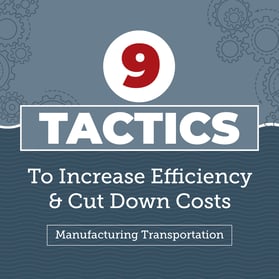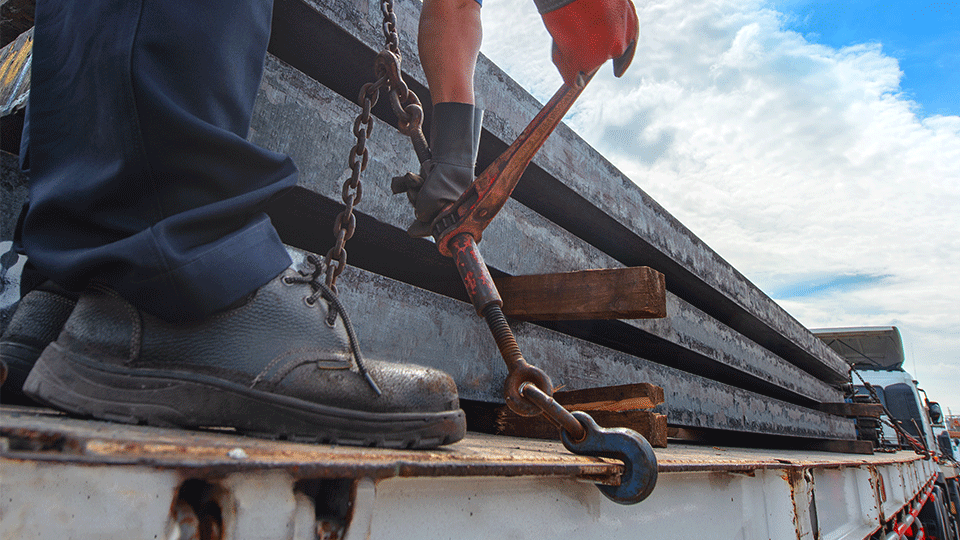
Whether you ship open-deck freight or commonly use a dry van, there’s always “something else” to consider. Even if your company moves cargoes regularly, it’s nearly impossible to learn everything there is to know about these shipments.
Here at Anderson Trucking Service (ATS), our very first load (all the way back in 1955) was an open-deck shipment. And, since that time, we’ve seen the shipping space change substantially — adding new wrinkles to an already complex transportation service regularly.
As a company with cargo to move, getting your freight out the door and to its destination on time is non-negotiable. That’s why you’re constantly working to make your logistics procedures smoother.
Dunnage is a staple piece of many freight shipments. However, sometimes companies face delays when a truck shows up to load without the right kind or quantity of dunnage for the job.
This can be really disruptive to your timelines, customer commitments and transportation budget. So, it’s important that you have an understanding of what the most common types of dunnage are, how much dunnage most truckers carry and how you can ensure that when your next truck shows up it is properly equipped to meet your needs.
This article answers the following questions:
- What is dunnage?
- What types of dunnage are used for freight shipping?
- How much dunnage do drivers typically carry?
- How can you make sure you have access to as much dunnage as necessary?
What is Dunnage?
Dunnage, in the freight shipping space, is inexpensive waste or scrap materials (most commonly wood) used during loading and securement processes. Primarily, dunnage acts as a buffer, separating cargo from the deck of a semi-trailer for open-deck shipments or keeping multiple pieces of freight from jostling/rubbing against each other in the dry van and reefer markets.
Dunnage helps shippers load and unload open-deck freight from the side by providing room for a forklift’s “forks” to hoist and lower it. Additionally, dunnage gives companies room to load from above (via crane using cables/straps) by raising cargo 2-6 inches from the trailer’s deck.
What Types of Dunnage Is Used For Freight Shipping?
In the transportation industry, dunnage comes in all shapes and sizes. For parcel shipments, dunnage is technically considered anything from packing peanuts to bubble wrap.
When it comes to moving freight, dunnage takes a different form. For your purposes as a shipper moving full-truckload cargoes, you’ll mostly use wood and/or plastic dunnage.
Wood Dunnage
Wood dunnage comes in a variety of sizes (lengths, widths). As such, shippers may use four-by-fours, four-by-sixes and two-by-fours ranging from four feet to eight feet in length (most commonly).
Both treated and non-treated wood can be used as dunnage. However, due to the availability and cost of treated woods, scrap, non-treated woods (like pine) are far more common.
Wood dunnage can also be beveled when necessary. Beveled dunnage is used to keep cylindrical and coiled freight from rolling across the deck of an open-deck trailer and is a great way to protect this kind of cargo.
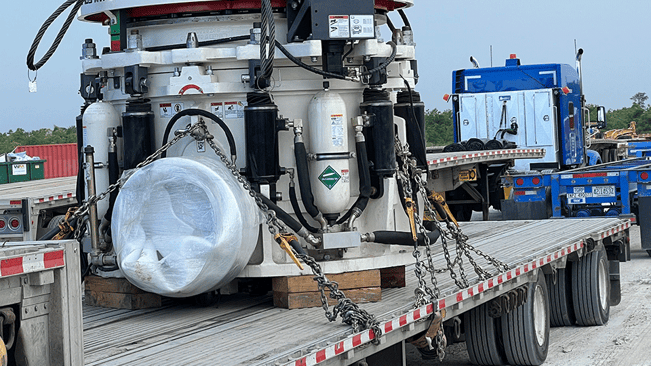
Related: 7 Ways to Protect Your Open-Deck Freight During Transport
Plastic Dunnage
Plastic dunnage is most commonly used for food and beverage freight. Usually, plastic dunnage takes the form of a plastic platform (used as a substitution for a pallet) on which food and beverage commodities rest. Dunnage bags are another common form of plastic dunnage where a plastic/vinyl bag is situated between pallets inside of a dry van or reefer trailer to keep cargo from jostling during transit.
How Much Dunnage Do Truck Drivers Typically Carry?
Open-deck truck drivers typically keep dunnage on hand. Although it varies, expect an individual truck to have 6-10 pieces of wood dunnage with them at any given time. These 6-10 pieces of dunnage could be of any length.
More specialized dunnage, like the plastic dunnage listed above, is not universally carried by truckers — do not assume your truck will have it on hand. In fact, it is far more common for shippers to have the necessary dunnage onsight. That said, if this is not your situation, be sure to communicate these needs to your carriers.
How Can You Make Sure You Have Enough Dunnage For Your Freight
You shouldn’t have to worry about having a transportation solution showing up without the quantity or kind of dunnage you need. Still, many shippers (just like you) run into these issues inadvertently.
Communication will be your biggest ally here. Make sure to explicitly state what kind of cargo you need to have moved and list any special requirements (such as dunnage quantity and sizes) you’ll require to complete it.
Have a conversation with your transportation provider as to how much dunnage their trucks typically carry and what, if anything, you can do to increase this number.
It is also common practice for shippers to keep extra dunnage on hand for a truck to use if need be. While most of the time this dunnage is offered for free, sometimes shippers charge their carrier per board as well.
Whatever your solution may be, make sure to have this sorted out before your truck arrives to pick up your freight. With proper planning and communication, there’s no reason why you should be forced to face delays due to a dunnage-related issue.
Successfully Move Your Freight With the Right Tools
Understanding the role dunnage plays in your supply chain and what kinds you need to facilitate it is important. It is equally important to have a plan of action for ensuring you have access to the appropriate materials when the time comes.
Now that you understand the role communication will have in this process, you’re better prepared to ensure your next freight move happens on time and on budget.
Here at ATS, we have a vested interest in helping companies like yours manage their supply chains at the highest level — even if we’re not their carrier of choice.
To help you find success going forward, we’ve developed a handful of premium (free) tools.
Download one (or all) of them today and take the next step toward becoming the supplier that always delivers on its customer commitments.
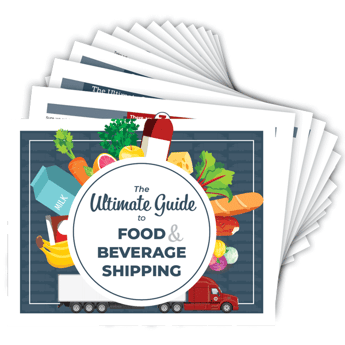 |
|
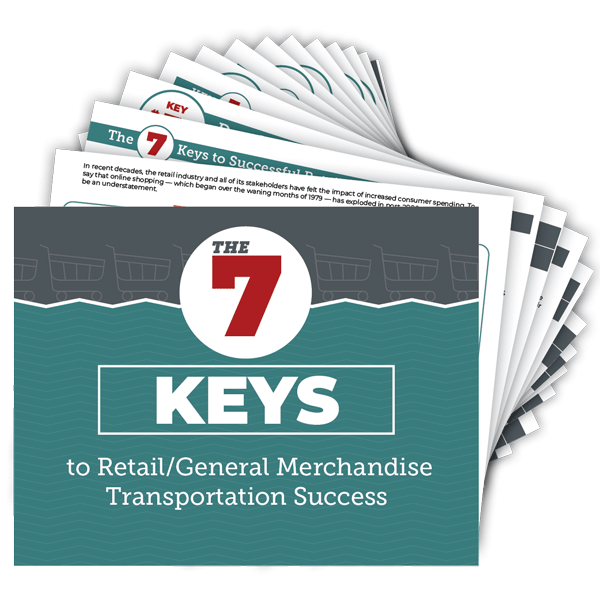 |
